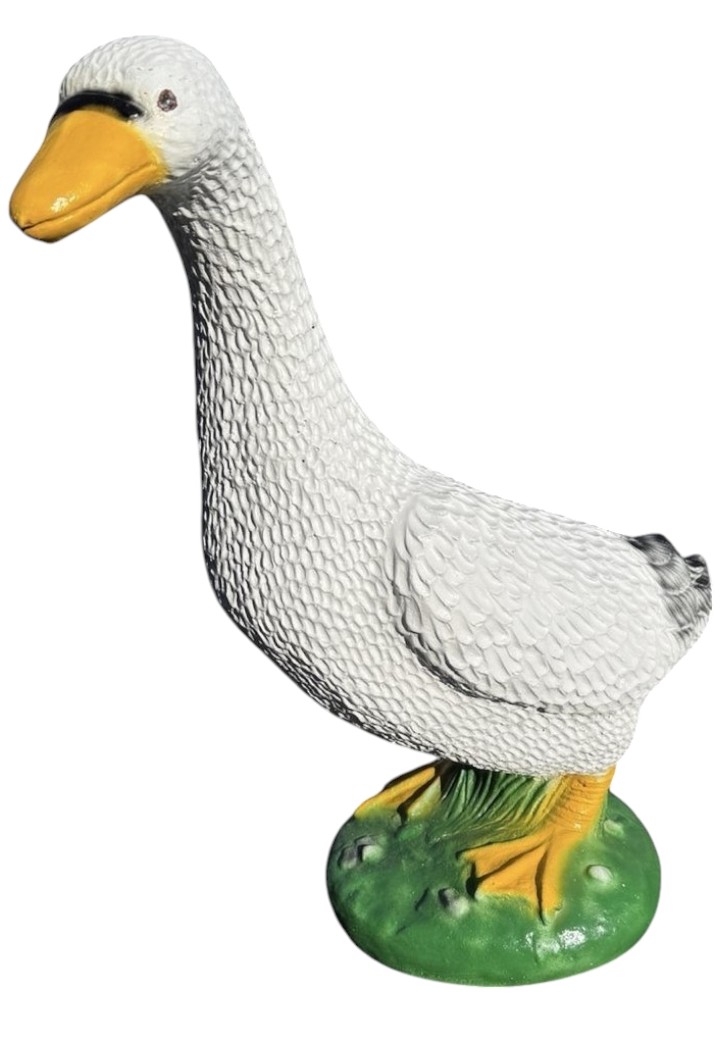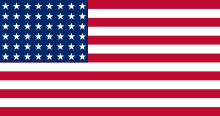When we think of water quality we usually think of two things: the water's ability to support aquatic life and clarity. The pond owner should be concerned with both of these aspects. Lack of clarity is usually not a problem for aquatic life, but limits our ability to see and enjoy our fish.
I. Is a Filter Necessary?
While it is true that you can keep fish in an ornamental pond with no filtration, it severely limits the number of fish you can keep. In the wild, fish have large amounts of water so that toxins from their waste do not build up to dangerous levels. Most hobbyists will want to keep more fish than their ponds will naturally support. Fish excrete waste into the water in the form of ammonia, primarily through their gills. Also adding to the problem are organic compounds from fish feces, plant matter, and soil that enter the pond.
II. Types of Filtration
In order to provide good water quality some form of waste removal must be provided. The methods used in the average ornamental ponds are mechanical and biological filtration. Mechanical filters physically remove solids from the pond by trapping the debris in some form of mat, brush, or sponge. Mechanical filters are effective but generally require frequent cleaning to remove the accumulated matter. A combination of both types of filters seems to work best and most biological filters also include mechanical filters.
Biological filtration is the most effective method of removing toxins from a pond by breaking down ammonia into nitrite and then into nitrate. This is accomplished using naturally occurring bacteria called nitrosomonas and nitrobacter which we add to the pond regularly. Ammonia is broken down in natural bodies of water, but we must greatly improve on Mother Nature because of our limited space in and around the pond. We must provide a very efficient place for the bacteria to live and thrive. In a biological filter this place is a material on which the bacteria are exposed to large quantities of food and oxygen. One of the best materials for accomplishing this is a fiber matting material, which offers a large surface area for the bacteria to colonize and also a large void area to allow large amounts of water to flow through carrying food for the bacteria. Filter materials that are too dense will clog and not allow the water to flow through Additional materials to include in filters are 'bio-balls' or lava rock. These rocks or balls increase the available surface area for the bacteria to grow upon.
A biological filter must run continuously during the season and not be shut down for more than a few hours, as bacteria in it will begin to die. When cleaning a biological filter use dechlorinated water if possible to avoid removing or killing the beneficial bacteria. Also the filter should not be over cleaned - just rinse the media to allow good flow through the filter. The brown stains on the filter media is the living bacteria.
III. Benefits of Bacteria & Plants
To increase the efficiency of filters we add concentrated solutions of bacteria and enzymes. These products 'seed' the filter with beneficial bacteria. Providing an abundant supply of oxygen to the bacteria by the use of air stones will also increase the efficiency of filters.
The nitrates that result after the breakdown of ammonia and nitrites are food for the plants (or for algae if plants are not present.) If no plants are in the pond but fish are present, regular partial water changes are necessary to remove the nitrates and other organic compounds from the water. If there are a sufficient numbers of plants in the pond with fish, large water changes are usually unnecessary although small water changes of approximately 10% monthly can be beneficial.
IV. Algae Control
There are many types of algae with different colors and textures. The green velvet peach fuzz type that grows on the sides of ponds is a very beneficial type of algae which provides oxygen and food for fish and a more natural appearance to the pond. Beginning pond owners often try to eliminate all types of algae from the pond. However, keep in mind that small quantities of algae are part of a balanced eco-system.
Through the use of filters, plants, and beneficial bacteria, ponds generally balance and clear water is attained. Yet at certain times of the year, or if there is an imbalance in the pond, you may still experience algae problems. There are several options to control algae.
The best method of guaranteeing clear water is through the use of ultraviolet sterilizers (UV). This device is a small contained unit that sits outside the pond and connects to the pump. The UV consists of a small light inside a clear glass tube that water passes around. As the water passes by the bulb, it kills or sterilizes free floating algae and bacteria particles. When properly sized to your pond, a UV light will give a near 99% reduction in algae. However, an ultraviolet sterilizer must not be used without adequate biological filtration as the dead algae still must to be broken down by a filter.
String algae cannot be 'cured' by a UV. The UV light can only kill what passes through the UV unit.
If you only occasionally have problems with algae or other suspended particles, which interfere with water clarity, then you might consider a flocculant. This type of product works by causing particles in suspension to clump together and then fall to the bottom where it must then be removed by siphoning or vacuuming from the bottom, or a mechanical filter can be used to remove this debris.
PH
Another useful product to aid in improving water quality is packaged bacteria and enzymes used to break down sludge and other organic compounds. These products can greatly increase water quality both in its ability to support aquatic life and also in its clarity.
For your fish to be healthy and also to help with the control of algae, the pH of the pond water needs to be monitored using a pH test kit. The pH should be between 6.6 and 7.8 with the ideal being 7 to 7.2. Unless the pH is below 6.5 or above 8 then it is usually best not to try and adjust it.
POND BALANCE
One major concern for pond enthusiasts is achieving and maintaining clear water. When a pond is first constructed there is usually a rush to fill it up with fish and plants, but it is important to consider the natural process of a pond. In nature a pond has a period of time for all the components to adjust and interact. Although algae in a pond are to be expected most pond owners want to keep it to a minimum. A constructed pond requires help in order to avoid problems with excess algae. One method to control algae is to stock and arrange the pond with this method:
- Keep rain run-off out of the pond. It carries with it soil, fertilizers, and chemicals which will prevent the pond from balancing.
- If in full sun, shade 50 - 70% of the pond surface. Do this with the leaves of water lilies and floating plants. If your pond is in less than full sun, less surface coverage is acceptable.
- Use one bunch of anacharis for each two square feet of surface area. In small ponds (less than 25 sq. ft.) use one bunch for each sq. ft.
- Use no more than one inch of fish per sq. ft. of surface area initially. After the pond has fully established or with well filtered water, more fish may be added. Feed only what the fish can eat in 5 minutes. Uneaten food feeds algae.
- Add biological filtration and ultraviolet sterilizers.
- Remove any dead organic material from the pond.






















